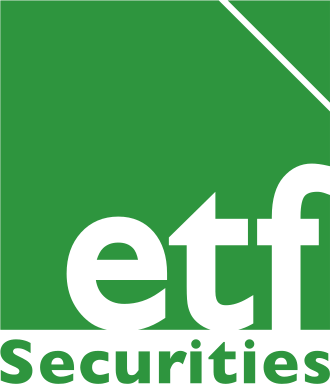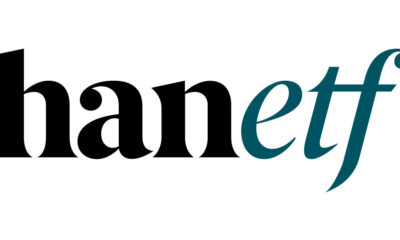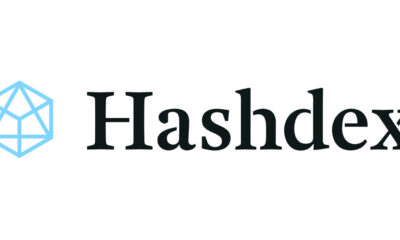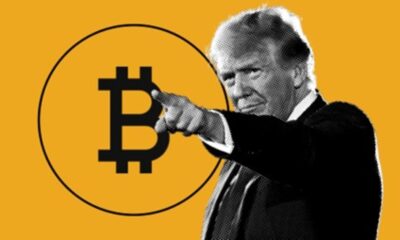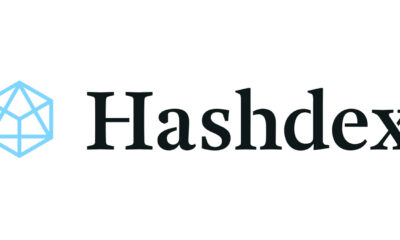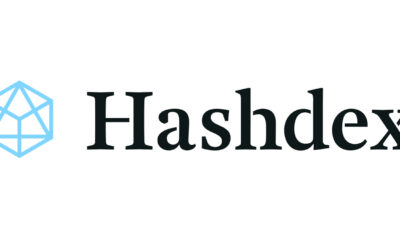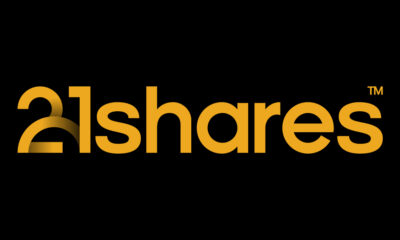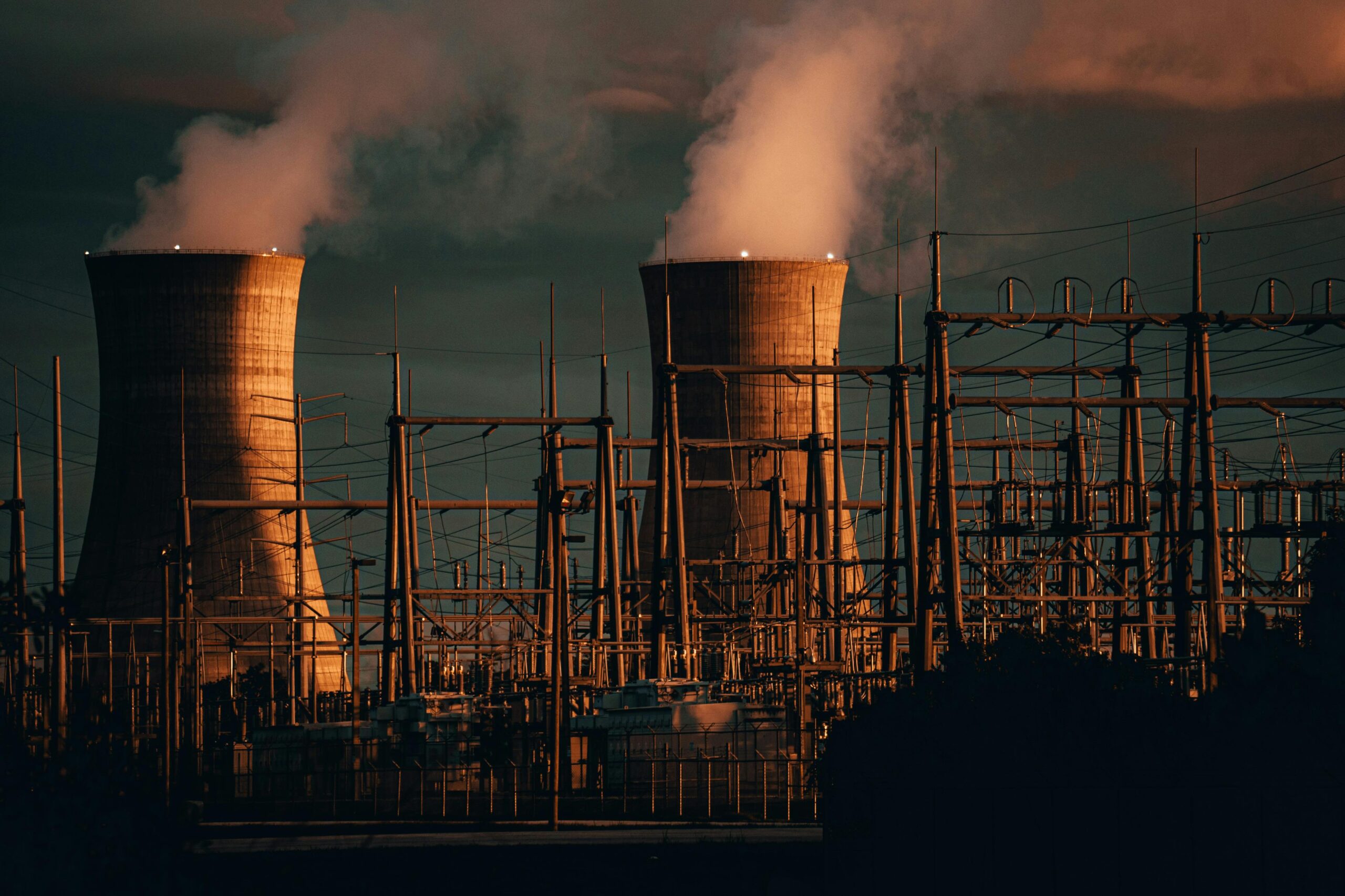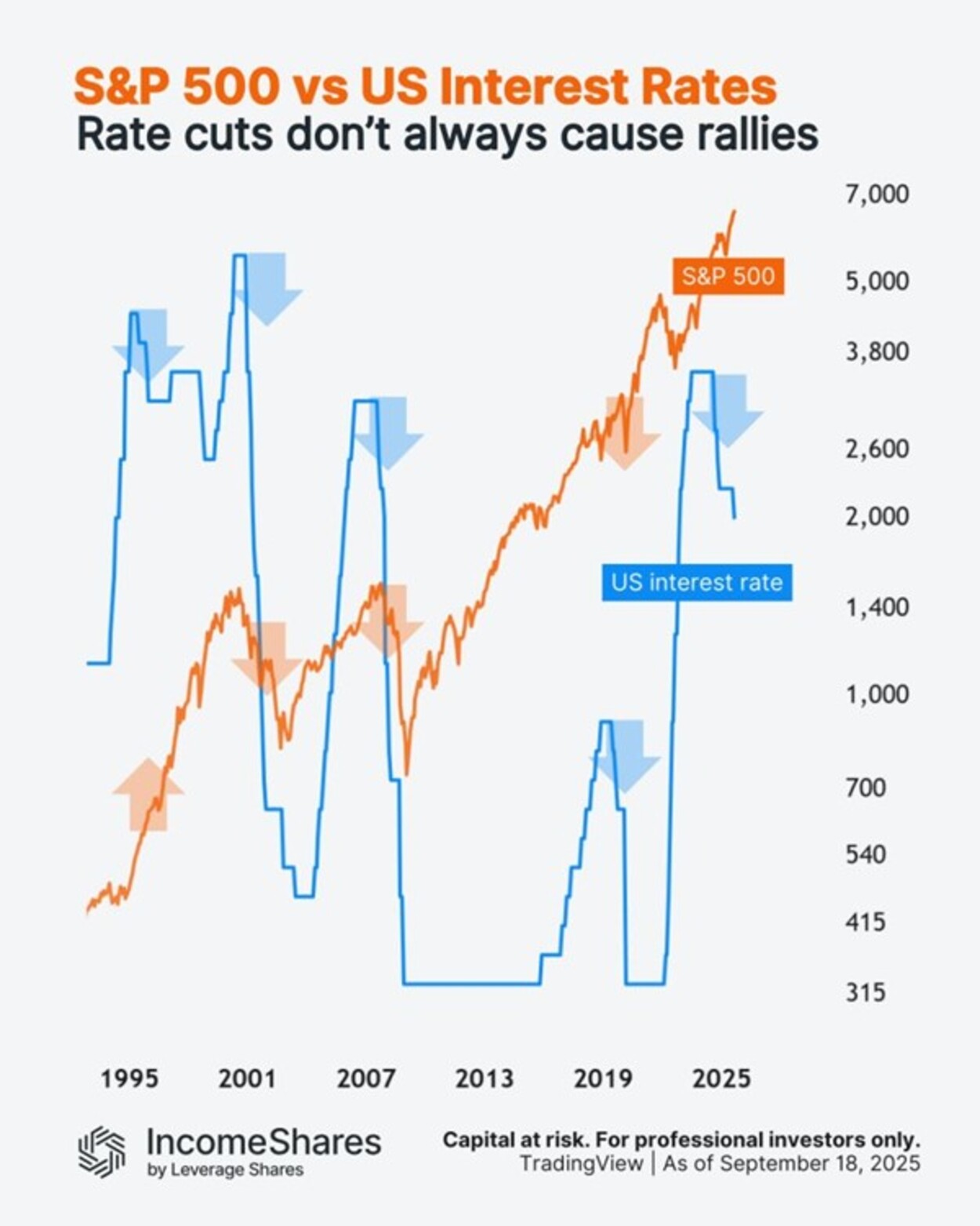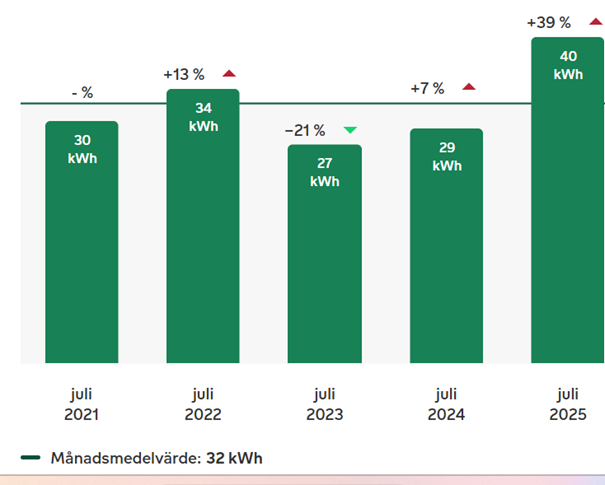Commodity Research Gold outlook 2017 further upside likely
Highlights
- While the US Federal Reserve (Fed) will increase rates this year, inflation will remain stubbornly high, maintaining a low real rate environment. Gold could rise to $1300/oz (8%) in the first half of the year, aided by a weaker US Dollar (USD). However, USD strengthening in the second half of the year and subdued enthusiasm for the metal in the futures market could drive a sell-off, with gold ending the year at US$1230/oz.
- While the US Federal Reserve (Fed) will increase rates this year, inflation will remain stubbornly high, maintaining a low real rate environment. Gold prices could rise 8% in the first half of the year, aided by a weaker US Dollar (USD). However, USD strengthening in the second half of the year and subdued enthusiasm for the metal in the futures market could drive a sell-off, with gold ending the year at US$1230/oz, just 2.5% higher than today.
- In a bullish scenario for gold, the Fed will be slow to act and inflation will be markedly above market expectations, while the USD weakens. Gold would end the year at US$1380/oz (15%).
In a bearish scenario for gold, the Fed will move more aggressively, seeing the USD appreciate and burst the bond market bubble. Gold would end the year at US$1095/oz (-9%).
2017 gold price forecast
Gold has had a strong start to the year with the metal having risen 3.6% so far. We expect gold to end the year at US$1230/oz, up from US$1185/oz (2.5%). However, gold could peak at a higher level, at around US$1300/oz mid-year (+8%). Our projections on gold are based on the model we presented in “Policy mistakes provide upside potential for gold”. We also present a more bullish and bearish scenario in addition to our base case.
(Click to enlarge)
Inflation to surprise on the upside
US inflation is rising rapidly. Higher energy prices today compared with a year ago will likely see inflation rise substantially above the Federal Reserve’s target of 2%. Aside from the volatile energy component, core prices are likely to rise as the US labour market shows signs of tightness. The unemployment rate at 4.7% is close to the ‘natural rate’, indicating that any further improvement will be highly inflationary. We believe that headline inflation will reach 2.9% in the first half of the year as a result of higher energy prices compared to a year ago, but even as the base effect fades, inflation will remain elevated at 2.7% in the second half. Inflation will rise despite the Fed delivering on all three rate hikes implied in its ‘dot plots’. Inflation will be substantially higher than the Fed’s projection of 1.9% and the consensus view of 2.5%.
(Click to enlarge)
Dollar appreciation to follow depreciation
As discussed in “Near-term downside for US Dollar”, we expect the USD to depreciate in the near-term after the currency has risen too far, too fast. The risk of the Fed’s actions not living up to its rhetoric is likely to place downward pressure on the currency. USD could fall as much as 2% from today’s levels in the first half of the year. As the Fed comes to terms with having to be more active with monetary policy in mid-2017, we feel that the USD could stage a rebound. The USD is likely to end the year 3% higher than today.
Nominal bond yields rise
Nominal bond yields are expected to rise as the Fed raises policy interest rates. We expect the Fed to deliver all three of the rate hikes indicated in its ‘dot plot’. Although policy rates will increase by 0.75%, we believe that nominal US 10-year bond yields will increase by 0.5% by year-end (from 2.5% to 3.0%) as we typically see the yield curve flatten in rate rising environments.
(Click to enlarge)
With inflation remaining elevated, despite the increase in nominal yields, real yields will be low and could even decline from just under 0.5% currently. Given gold’s historic negative relationship with real rates, a rising nominal rate environment is still consistent with rising gold prices.
(Click to enlarge)
Positioning less sensitive to shocks
Market sentiment toward gold has become subdued. Speculative positioning in gold futures has fallen drastically from last year. In July 2016 speculative positioning in gold futures reached an all-time high of 347,445 net long contracts as the shock result of Brexit led market participants toward the haven asset. But other shocks failed to muster as much enthusiasm for the metal. The surprise win for President Trump or the rejection of constitutional reform in Italy for example had little lasting support for the metal in terms of price or positioning. Speculative positioning fell below 100,000 contracts by the end of the year. It appears that the market has become desensitised by shock events. We think there could be a small uptick in positioning due to the French Dutch and German elections this year, but not to the levels we saw last year. There is also the risk that market uncertainty around Trump’s policies drives more investment in gold futures. We expect positioning to rise to 120,000 (which is markedly lower than the average of 220,000 last year).
(Click to enlarge)
Bull case
In a scenario where the Fed only increases rates twice this year while inflation rises to 3.2%, the USD could lose further ground, depreciating by 1%. More marked curve flattening could see nominal rates only rise to 2.7%. If markets become more responsive to shocks, speculative positions could move higher to 200,000 (close to the average positioning for last year). Under this scenario gold could rise to US$1380/oz by year end.
Bear case
In a scenario where the Fed tries to get ahead of the curve and reduce the risk higher inflation becoming entrenched into expectations, the central bank could raise rates four times this year. Most of the impact on inflation will only be felt in 2018, with inflation at the end of 2017 still around 2.4%. However, the USD may appreciate 5% while bond yields rise to 3.3%, a scenario consistent with the end of the bond market bubble. With markets more focused on a tightening monetary environment rather than political stress points, speculative positioning in gold could fall to 40,000 (significantly below the long term average of 88,000 net long contracts). Our model indicates that gold would fall to US$1095/oz in such a scenario by year end.
For more information contact:
ETF Securities Research team
ETF Securities (UK) Limited
T +44 (0) 207 448 4336
E info@etfsecurities.com
Important Information
The analyses in the above tables are purely for information purposes. They do not reflect the performance of any ETF Securities’ products . The futures and roll returns are not necessarily investable.

 Nyheter3 veckor sedan
Nyheter3 veckor sedan
 Nyheter4 veckor sedan
Nyheter4 veckor sedan
 Nyheter4 veckor sedan
Nyheter4 veckor sedan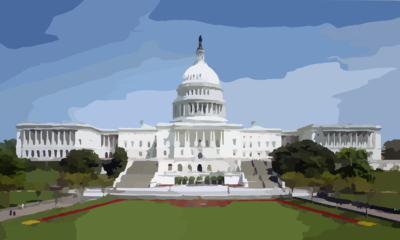
 Nyheter4 veckor sedan
Nyheter4 veckor sedan
 Nyheter2 veckor sedan
Nyheter2 veckor sedan
 Nyheter4 veckor sedan
Nyheter4 veckor sedan
 Nyheter2 veckor sedan
Nyheter2 veckor sedan
 Nyheter4 veckor sedan
Nyheter4 veckor sedan
